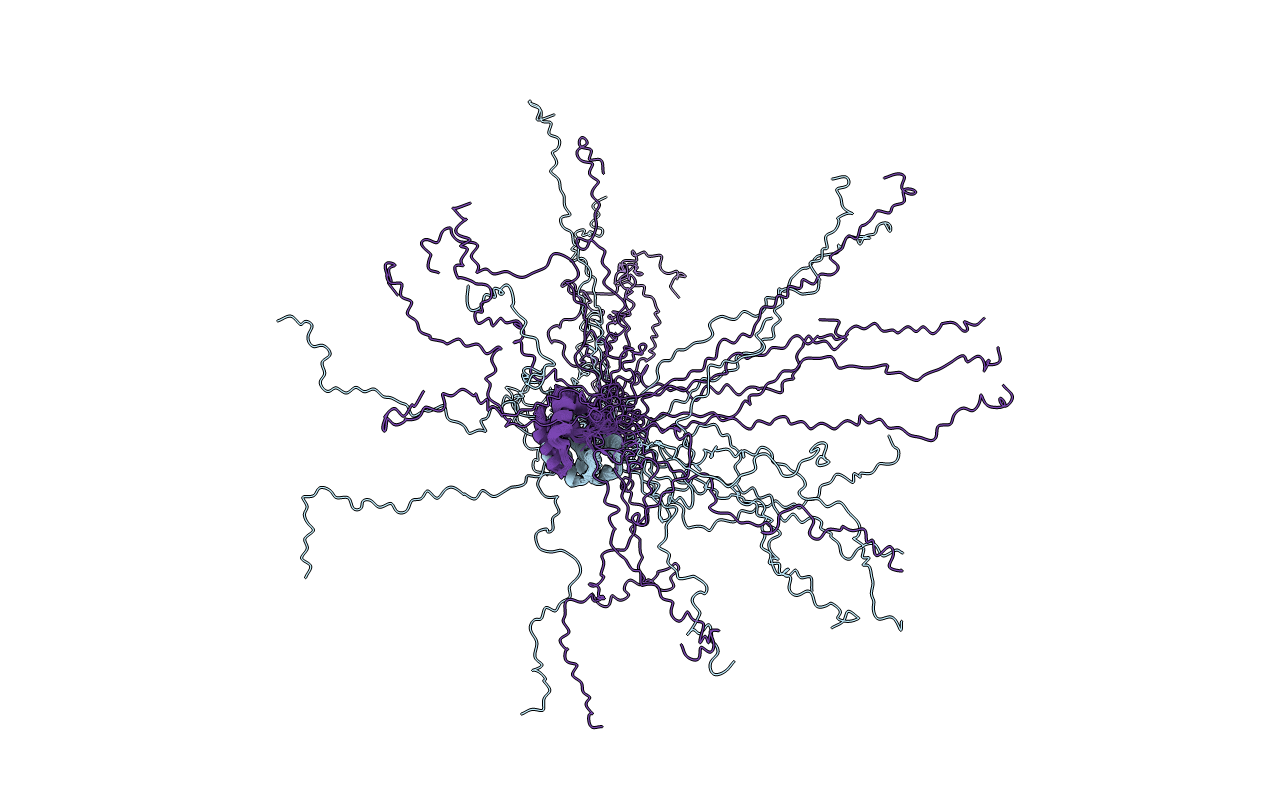
Deposition Date
2013-03-10
Release Date
2013-08-14
Last Version Date
2024-06-19
Entry Detail
PDB ID:
4BEH
Keywords:
Title:
Solution structure of human ribosomal protein P1.P2 heterodimer
Biological Source:
Source Organism:
HOMO SAPIENS (Taxon ID: 9606)
Host Organism:
Method Details:
Experimental Method:
Conformers Calculated:
100
Conformers Submitted:
20
Selection Criteria:
LEAST RESTRAINT VIOLATION AND LOWEST ENERGY


